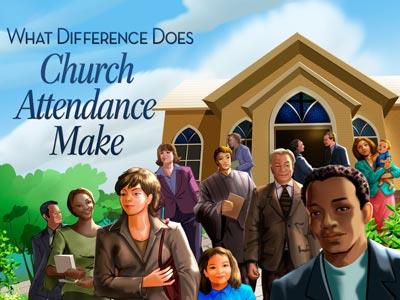-
Smyrna - The Suffering Church Series
Contributed by David Moore on Aug 29, 2008 (message contributor)
Summary: This sermon presents the church at Smyrna as the suffering church, and show God’s purpose in suffering.
Smyrna - The Suffering Church
Text: Revelation 2:8-11.
Introduction: In our first study of the seven churches we examined the church at Ephesus, the fallen church, this morning, we leave Ephesus behind and travel forty miles North up the coast of modern Turkey where we come to the ancient city of Smyrna which is now known as Izmir. As cities go Smyrna was one of the most beautiful of the ancient world, with wonderful topography and magnificent architecture. As you approached the city you would first be struck by the sight of Mount Pagos rising out of the Aegean Sea. Near the pinnacle of the mountain you would notice a ring of the finest public buildings in all the Roman Empire. If as a tourist you had mentioned this sight, the citizens of Smyrna their hearts would have swollen with pride may have taken you on a tour of the world famous “crown of Smyrna.”
Ancient Smyrna was the Paris of its day. Wealthy, stylish, opulent. Everything was measured by the standard of wealth, everyone was clamouring after greater symbols of status. It was also, within the Roman Empire, a free city, and as such it owed much loyalty to Rome. Indeed so loyal were the citizens of Smyrna to Rome that history tells us of one winter when word came back of Roman soldiers freezing at the battle front that the people of Smyrna stripped the clothes of their own backs and sent them to the troops on the front-line.
Like all Roman cities Smyrna was saturated with paganism. At the foot of Mount Pagos stood the temple of Zeus the father of the gods, along the Golden Street were shrines to Apollo, the sun god, Aphrodite the goddess of love and beauty and Æsculapius the god of medicine. I notice that our young people today, as in every day, are very impressed by designer labels on their clothing. Clothes are no good unless they bear the mark of Adidas, or Reebok, or Nike. But the young people of Smyrna knew about Nike 1000’s of years before our modern fashion houses, for Nike was the goddess of victory and was depicted as winged and carrying a wreath or palm of victory. The motif of the modern Nike clothing company is based upon the image of the ancient goddess.
Commercially, the city of Smyrna was most famous for one product: Myrrh. Indeed so synonymous was the city with myrrh that it drew its name from the product Smyrna meaning bitter. Myrrh is a resin which is harvested from a shrubby tree and had a bitter taste. It is invariably associated with suffering and sorrow, and that is fitting for the church at Smyrna was a suffering church.
Every Christmas and we are reminded of the gifts given to the Christ child. Gold, frankincense and myrrh. Myrrh was emblematic of the suffering of the Saviour it pictured Him as the man of sorrows. On the cross Christ was offered to drink “wine mingled with myrrh” (Mark 15:23). After His death He was embalmed with “a mixture of myrrh and aloes” (John 19:39). At his birth, death and burial myrrh features, but not at His coming again for Isaiah tells us that when the Lord returns in glory he will be presented with gold and frankincense but no myrrh “They shall bring gold and incense; and they shall shew forth the praises of the LORD.” (Isaiah 60:6). When He comes again the Lord Jesus comes as Sovereign and not as Sufferer therefore there is no mention of Myrrh.
Now, let’s talk about this church at Smyrna. Who started it no one knows, but we do know from church history that its Pastor at the time of this letter was Polycarp. He was the angel of the church. It was a suffering church, constantly subjected to persecution by the pagan people because of their resistance to idols, by the Romans because they refused to acknowledge the Emperor as a god, and by the Jews who were constantly stirring trouble for the Christians there. There are great lessons for our church in this passage concerning tribulation and trial, and there is much we can gain from it.
I. Address To The Saints (Verse 8)
A. The Lord presents Himself as “the first and the last, which was dead, and is alive.” (Revelation 2:8).
1. It is not without reason that the Lord addresses them in this way.
B. All ready mentioned the fact that the Smyrnian citizens worshipped many gods, but there was one goddess which they particularly honoured.
1. Her name was Cybele and she was the goddess of nature and fertility and was worshipped in Rome as the Great Mother of the Gods.
2. She was deemed to have presided over mountains and fortresses, and on her head she wore a crown in the form of a city wall.

 Sermon Central
Sermon Central



